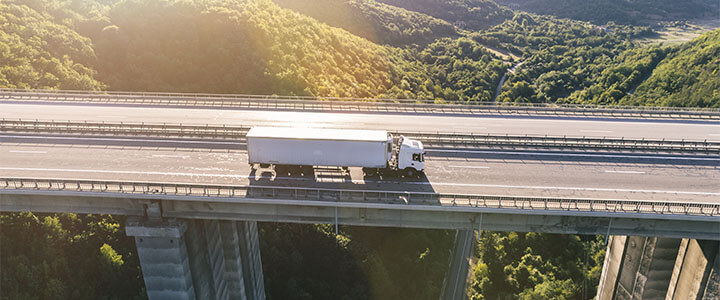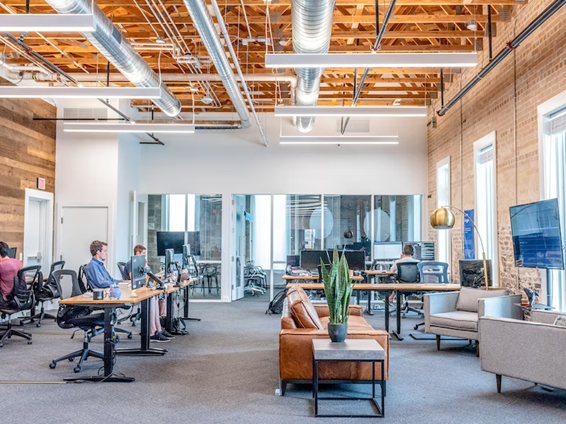Sustainable Practices for Data Centres
The world has never been more reliant on digital infrastructure than it is today. Everything from business meetings and video calls to on-demand entertainment and the latest headlines requires an intricate network of high-powered computers to continuously process, store, and manage extremely large amounts of data.
According to figures from the International Energy Agency (IEA), data centres and their related transmission networks account for 1% to 1.5% of global electricity usage and are responsible for 1% of energy-related greenhouse gas emissions.
While we need to house computing equipment such as servers, storage systems, and networking equipment to meet our growing computing needs, steps should also be taken to do so in a more sustainable way that contributes to a greener planet. In this article, we will look at some of the ways data centres are working toward reducing their carbon footprint and investing in a more sustainable tomorrow.

Image source
Reducing Energy Consumption
The energy consumption of a data centre primarily consists of running the servers and in heating and cooling the computer equipment. Many data centre companies today are looking for ways to reduce their carbon footprint by reducing the total amount of energy consumed and increasing their reliance on renewable energy instead.
For example, Google’s artificial intelligence research group DeepMind has developed an algorithm that optimises the energy consumption at its data centres. Through the use of historical data and training on various operating scenarios this algorithm can determine the most efficient pressure and temperature conditions for their data facilities.
According to their claims, the AI algorithm has led to a 40% reduction in the amount of energy used for cooling and a 15% reduction in overall energy overhead. The Department of Energy has also issued recommendations to reduce energy waste in data centres. These include:
- Consolidating lightly used servers
- Implementing efficient data storage measures
- Managing airflow for cooling efficiency
- Using a cooling tower to supply chilled water for cooling
- Providing energy-efficiency training
Greater Access to Renewables
Due to their substantial energy demands, data centres typically face practical challenges in maintaining renewable energy farms on-site. Instead, green data centres are buying renewable energy within their local grid, and exchanging it for renewable energy credits.
This allows them to contribute to the growth of renewable energy while offsetting their non-renewable energy consumption. If you are looking to incorporate renewable energy into your home or business, consider booking an appointment with accredited solar panel installers who can advise you further.
Water-Efficient Cooling
Data centres also rely on water for controlling the temperature and humidity of server environments. Traditional cooling methods in data centres have relied on water or air-cooled chillers that are both water and energy-intensive. For example, chillers require refrigerants and large amounts of electricity to produce cool water.
However, Meta has championed a more efficient way of cooling its data centres which uses fresh air that passes through a water-drenched membrane. This evaporative cooling method, known as StatePoint Liquid Cooling (SPLC) system, has achieved a 50% reduction in water consumption compared to traditional data centres. Innovations such as this allow data centres to maintain optimum temperatures while optimising their use of water and energy consumption.
These are just some of the ways data centres are shifting towards more sustainable ways of operating in order to service our digital needs.


















